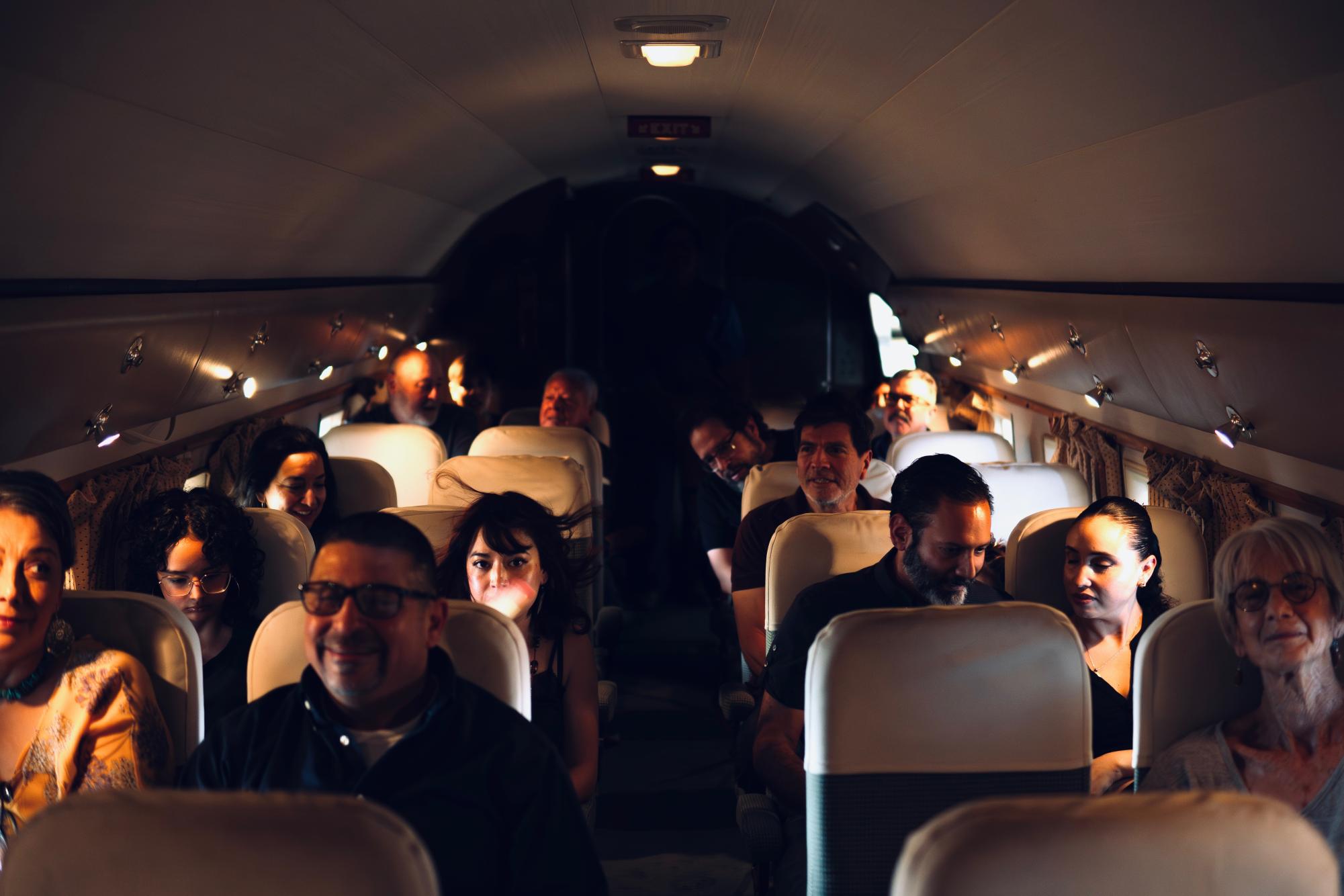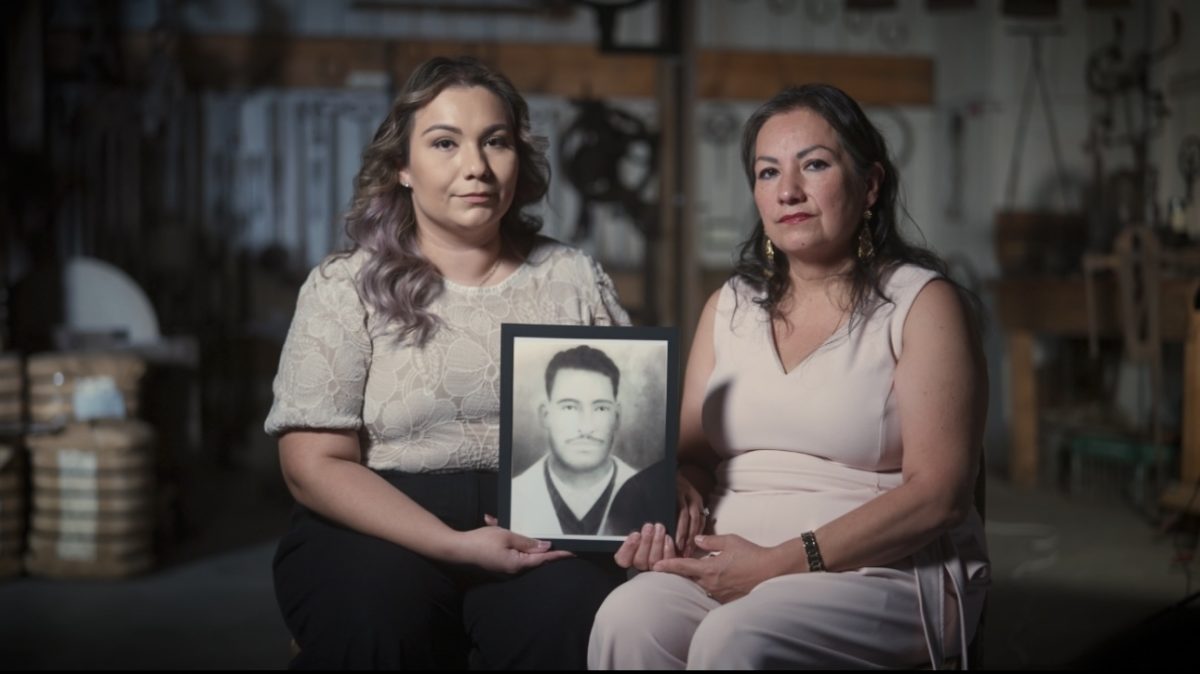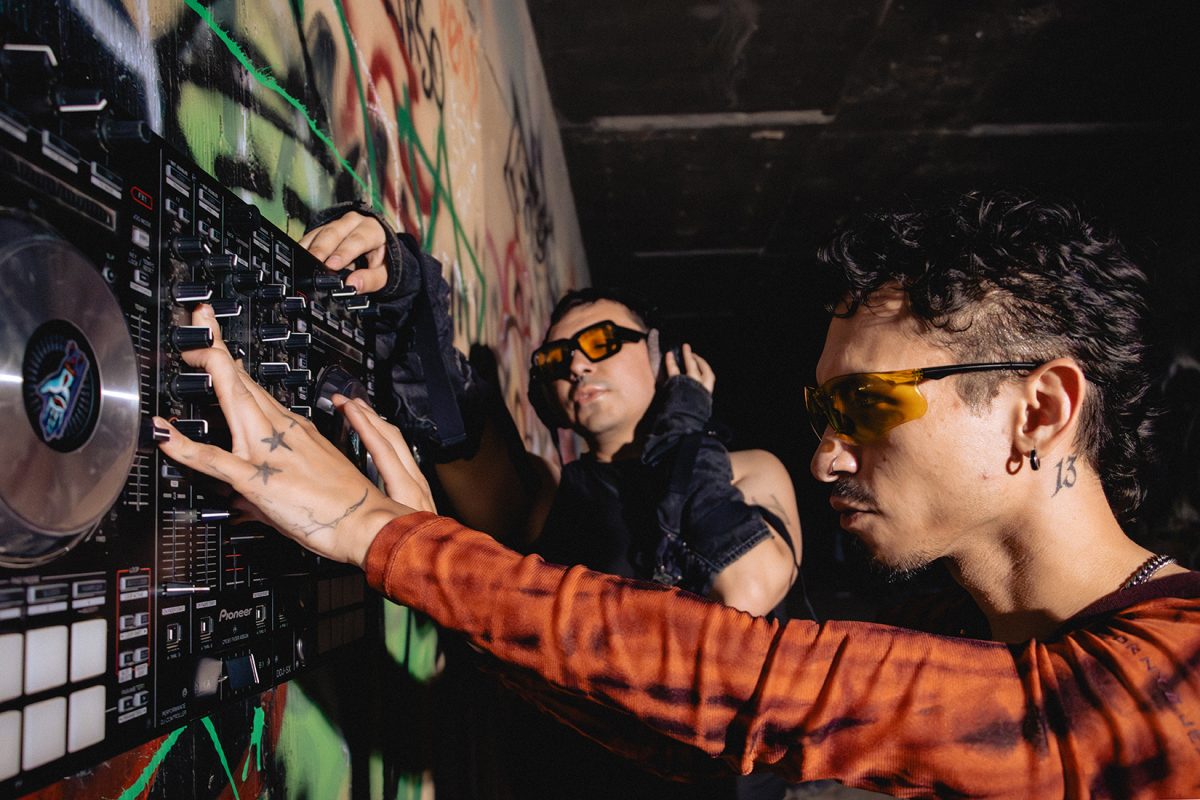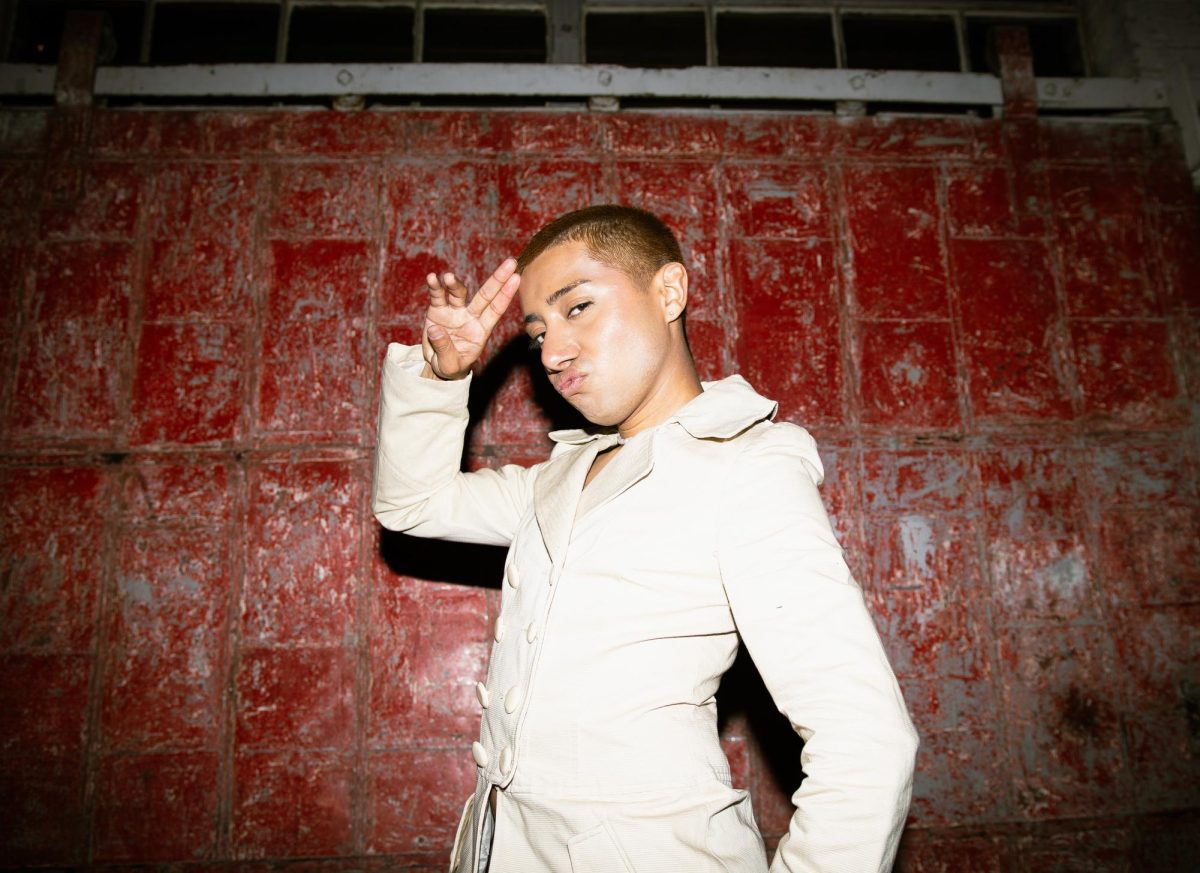The Documentary
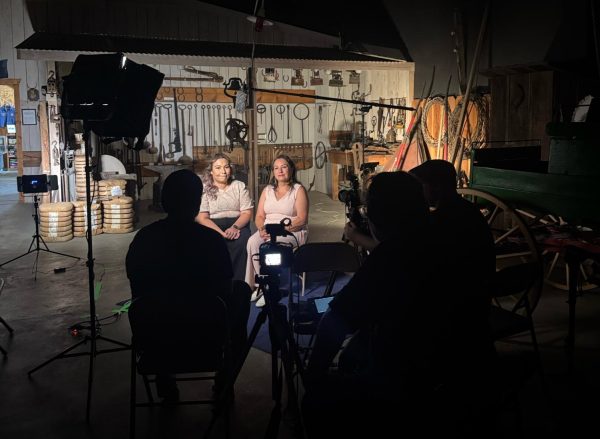
By 2017, Hernandez’s search had taken on its first permanent form with the release of All They Will Call You, a book that pieced together what truly happened that day in Los Gatos Canyon, Calif. through witness accounts and the voices of the victims’ families, who Hernandez has found over the course of a near-decade. Years later, in 2024, he returned with They Call You Back, a second part of the search that turned the lens inward, answering the question his audiences often asked: what compelled him to dedicate fifteen years of his life to this story?
With two books written and an archive of photos, recordings, and footage in hand, the story was ready to evolve once more. For Hernandez, the next step felt inevitable. A documentary, he realized, would be the fullest expression of his work, a way to weave together history and memory, the voices of the past and his own journey, into one moving portrait. The film invites viewers to sit in his seat, to walk beside him, and to experience the unfolding as he did.
Hernandez’s goal is to finish filming by December 1, 2025, with a final release slated for next summer, sometime in September of 2026. This will be Hernandez’s first directorial role, and has recently launched a GoFundMe for the documentary’s post-production fees, striving to reach $25k as the goal.
“It’s strange to see yourself 15 years younger,” Hernandez recalled when he reviewed the footage. “Seeing people who I’ve sat down with who have passed away since, It’s a bittersweet feeling surrendering this passionate creation to big production companies.”
Hernandez is very conscious of who will be in this process, he explains.
“In this story, I’m not the only pebble in this water. There’s 32 people who were killed. So this is their story too. Imagine 32 stones in a pond, all those ripples. It has so much power together,” Hernandez said.
Stories carrying pain and trauma, as well as those charting paths of transformation, remain tucked within his journey. It’s a vulnerable truth to recognize that they are no longer only in Hernandez’s hands. If he chooses to embrace this path, new doors will continue to open even after the documentary is released. From that moment on, the action and collective awareness will belong to the audience.
PRESENTE: The Power of Naming & Remembering to Invoke
The power of a name is immeasurable. In a meaningful Latin American tradition, a community honors those who have passed—especially victims of violence—by calling out their name, followed by the word “presente,” which means “present.” This isn’t just a simple tribute; it’s a powerful and active invocation of their spirit.
This profound act of solidarity transcends simple remembrance; it becomes a shared responsibility. Hernandez recalls a moment at the California Senate in 2018 where his son’s simple act of saying “presente” inspired a room full of people from all political backgrounds to rise in unity.
For Hernandez, the hope for his documentary is that it will inspire this same kind of praxis—the application of a powerful story to create tangible change. The documentary film is reportage of lives and ripples through generations, but also a beautiful landscape of film of a man’s journey: pure instinctual integral hope and closure.
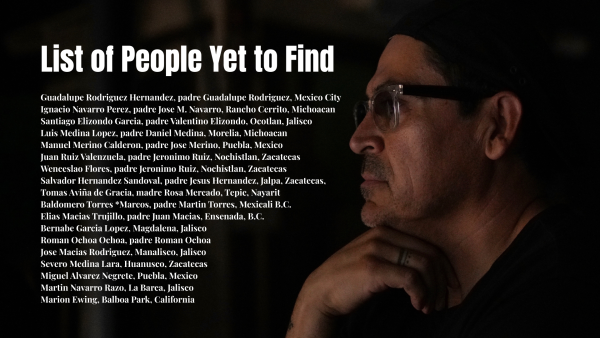
This is the very essence of the documentary, a truth inspired by folk singer Pete Seeger, who told Hernandez once, “People say, ‘I’m just one person, how can I make a difference?’ I tell them: ‘It’s the only thing that has ever made change. One person.'” The film invites each viewer to make a significant dent by consciously and intentionally turning to face oppression and injustice—a powerful act that always begins with a single person.
Hernandez has done the investigative work the government should have done, but 77 years later. The relevance is striking now.
The tone-deaf silence that surrounded the 1948 crash was not an accident. Hernandez’s investigation uncovered a deliberate indifference from both the American and Mexican governments. When he asked a Mexican consulate why the victims’ remains were not sent home, the official cited an inability to “identify the bodies alongside the high cost of transportation.” Hernandez quickly countered this, pointing out that the American crew members’ remains were identified and sent home, and that over 200,000 braceros were deported by train that same year. He was left with a single, painful conclusion: “Nobody cared.”
In the narrow-minded pervasive attitude from both countries’ governments, Hernandez explained, “They were Mexican, so they were disposable.” The government’s way of looking at these Deportees was simply, “they were lucky to be here in the first place. They were lucky we paid them; they were able to send money home. It’s unfortunate the way they died, but we don’t owe them anything,” Hernandez said.
These details painted a picture of a system that not only failed to care for the victims but actively sought to conceal the true scope of the tragedy. The crash was a “freak accident” involving a World War II-era plane, often called, a workhorse, but for an unknown reason, the engine fire on that particular day torched the wing off, causing the plane to spiral and crash. Nobody was held accountable.
Even in their death, these passengers weren’t able to be in peace. No respected or proper burial, rosary, mass—zero culpability was given for these 28 humans. Hernandez explained, “just like that they were replaceable. So, it was easy to say, ‘send them back’ if they get killed, let’s just put them in a hole and be done with it.”
His fear is that our national apathy has devolved to a point where a similar tragedy could occur today, with little more than a temporary public outcry.
The documentary, therefore, is not a historical artifact but an act of resurrection of all passengers. Hernandez has risen them from their ashes, prayed over them in their newfound named and respected burial site in Fresno, California.
THE MOST PROFOUND RIPPLE EFFECT: A Lesson in Compassion
The most profound ripple effects, however, are already happening. For the families of the victims, Hernandez’s work has offered long-awaited solace. But beyond remembrance, it has also begun to change institutions. Robert Michael Magee, a former head of ICE’s Criminal Alien Program in 2008 and now a professor, has incorporated Hernandez’s book into his teaching for future Border Patrol agents, using it as a lesson in compassion and human dignity. Magee even told Hernandez he occasionally plays Woody Guthrie’s “Deportee,” with his students, a revelation Hernandez is saving for the documentary.
This is a powerful, tangible change—one person’s journey influencing an entire system. The professor’s students, initially hardened, are telling him how the story has changed the way they interact with migrants. The hope is that the documentary will continue this ripple, potentially becoming part of the Border Patrol Academy’s curriculum, ensuring a forgotten story can finally have a real and lasting impact.
The documentary film isn’t just about immigration or just about how it connects to current conversations about deportations and ICE; it’s a vital reminder of our shared humanity and the dignity that every person deserves. It’s an invitation to feel, to connect, and to act.
The country needs this documentary more than ever, Hernandez has always believed. The story’s relevance has, sadly, proven to be timeless. Over the years, every new political development has made Hernandez feel like “now is the time” to release his work. And now, the story belongs to us. Every time we say their names, every time we choose compassion, we carry the ripple forward. The time, as Hernandez insists, is always now.
*This story is the second part of a two-part series*

